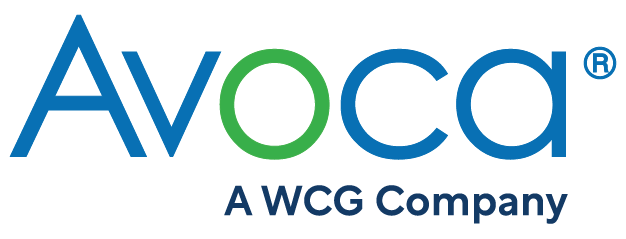Article: Embracing the present and owning the future in clinical trial execution
By Crissy MacDonald, PhD, Executive Director, Client Delivery, The Avoca Group
Outsourcing-Pharma.com – December 13, 2018
2018 was a pivotal year for the pharmaceutical industry and the execution of clinical trials.
In November 2016, for the first time in more than 20 years, the ICH E6 Good Clinical Practice (GCP) Guideline was amended, and 2018 was the first full year where companies were held accountable to these new guidelines.
With an integrated addendum, ICH E6 (R2) encourages implementation of improved and more efficient approaches to clinical trial design, conduct, oversight, recording, and reporting while continuing to ensure human subject protection and reliability of trial results. Standards regarding electronic records and essential documents intended to increase clinical trial quality and efficiency were also updated.
ICH E6 (R2) has caused the industry to embrace a “new normal” in terms of clinical trial quality and compliance expectations. The current state of clinical trial execution is oftentimes reactive. As a result of (R2), the industry must now focus its efforts on embracing proactive clinical trial planning and execution and quality-by-design.
Regulatory bodies have determined that these are now requirements and will, therefore, be part of regulatory reviews during site, sponsor, and provider-based inspections. The ultimate goal of the new regulation – being adopted by numerous global regulatory agencies – is to significantly refine current processes so that they become enhanced risk-based approaches, thus reducing the time and expense it takes for treatments to get to market.
The (R2) guidance also specifically states that new regulations were created to encourage the use of technology in clinical trial execution.
We’ve seen how technology increases efficiency, so it comes as no surprise that the industry would now embrace technology as a solution to reducing costs of clinical trials and shortening a treatment’s time to market.
Therefore, as an industry, it is essential that we move away from the status quo and move toward technology.
Virtual clinical trials, artificial intelligence, and wearable devices are just some of the many clinical trial technologies that are being discussed in order to move the industry forward. However, the biggest obstacle is in what manner these new technologies will impact regulatory agency expectations and inspections.
The qualification of technology companies, to ensure that they are compliant enough to participate in a highly-regulated industry, is a significant challenge. To conclude that disruptive technologies can be an attribute to clinical trial execution is continually top-of-mind.
In addition to the use of technology, the ICH E6 (R2) guidance focuses on effectively measuring, managing, and mitigating risk in a proactive fashion. While the industry is currently working to become more proactive and less reactive, it will be even more important to do so in 2019 as our risk-averse industry begins to look outside beyond the status quo toward technological advancements.
As we take ownership in the future of clinical trial execution, the industry must work closely with technology companies to assist in developing regulatory-compliant products that will enhance and accelerate clinical trial delivery. More importantly, we must share knowledge across the industry regarding if and how innovative technologies introduce new risks into the clinical trial ecosystem.
As these newly-developed technologies become the norm, the risks, mitigations, and how to manage those risks throughout the trial will become more apparent. Until then, we must ensure that we monitor their use proactively to prevent issues as well as learn and understand the pros and cons of these technologies.
